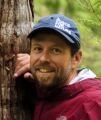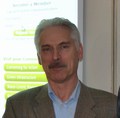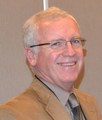DOWNLOADABLE RESOURCE: story of workshop on “Stormwater Impacts Communities and Creeks-What Can Streamkeepers Do?” (March 2017)

“Our objective in hosting the workshop was to raise awareness about ways to better manage rainwater runoff, maintain stream health and support watershed-based plans. The workshop introduced community members to a vision for Sustainable Watershed Systems and what it means to value watersheds as infrastructure elements,” stated Barbara Frisken. “Breakout groups then identified possible community actions that can support a sustained focus on improving watersheds.”










